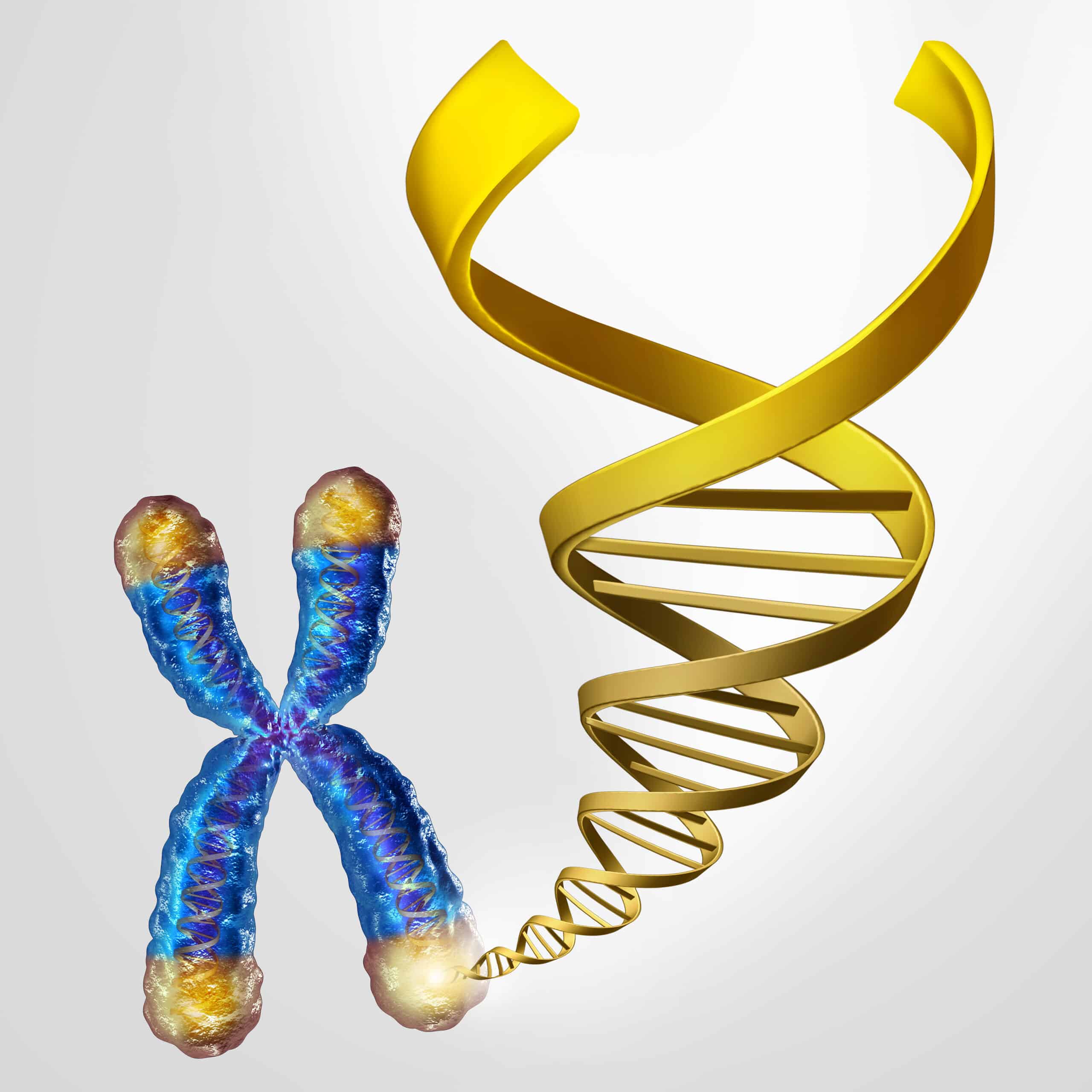As published in Nature Communications the average lifespan of mice has been extended by 12.74% through the use of selective breeding using cultivated embryonic stem cells with extra long telomeres by scientists at the Spanish National Cancer Research Centre.
According to the researchers, “…critically short telomeres in humans and mice can lead to premature aging and shorter lifespans by limiting the ability of stem cells to regenerate tissues…”
Preventing telomere shortening by activating the enzyme telomerase has previously been shown to slow down the aging process in mice without any adverse effects. This is work is important to telomere research as it has now been shown for the first time that it is possible to extend lifespan without using genetic modification technology. A clear relationship between telomere length and delayed metabolic aging has been recorded for the first time, these mice were also observed to be less likely to suffer from age related conditions such as osteoporosis and neurodegeneration.
“These findings support the idea that, when it comes to determining Longevity, genes are not the only thing to consider,” said Maria Blasco, head of CNIO’s Telomeres and Telomerase Group. “It shows there is margin for extending life without altering the genes”.
Induced embryonic stem cells were left to multiply in a petri dish, which has previously been shown to result in new cells with telomeres twice as long as normal, these cells were then used to generate mice with 100% of their cells derived from the hyper long telomere stem cells.
“We observed that these mice have longer telomeres and less DNA damage with aging” reported the authors of the new study. “Hyper-long telomere mice are lean and show low cholesterol and LDL levels, as well as improved glucose and insulin tolerance … [and] also have less incidence of cancer and an increased Longevity”.
Lengthening telomeres in embryonic stem cells may indicate a way to slow down the aging process in humans without genetic modification in the future with the valuable insight this study provides into the process of aging. But don’t hold your breath, as it is highly unlikely that we will see any experiments such as this in humans anywhere in the near future.




